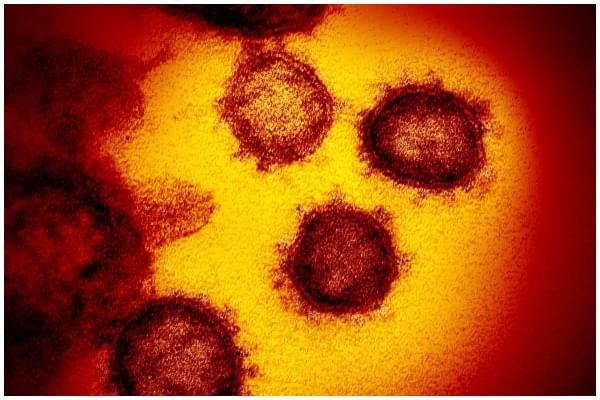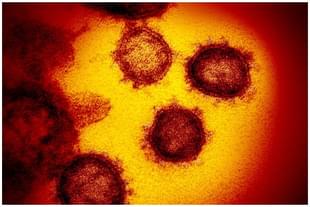News Brief
Blood Plasma Of Those Who Have Recovered From Covid-19 Could Provide Immunity Cover To Others
Swarajya Staff
Mar 28, 2020, 07:14 PM | Updated 07:14 PM IST
Save & read from anywhere!
Bookmark stories for easy access on any device or the Swarajya app.


An old-school medical procedure that health practitioners today might have only read in the textbooks might provide short-term protection from the novel Covid-19 infection.
The procedure based on the concept of passive immunity — the immunity that is provided when a person is given antibodies to a disease rather than producing them through his or her own immune system — and involves blood plasma.
The plasma is a yellowish liquid component of blood that holds all the different types of blood cells — red, white, antibodies and other components like proteins in a suspension.
Blood plasma is separated from the blood by spinning the blood in a centrifuge with an anticoagulant until the blood cells separate out at the bottom of the tube.
This blood plasma of the people who have recovered from the Covid-19 has antibodies against the particular virus.
The experts first test the plasma to measure the number of antibodies, and then identify donors whose plasma is rich in antibodies.
For the best chances of success, the plasma should contain lots of antibodies, and scientists have to design trials to test it rigorously.
The plasma must be safe and free from not only the novel coronavirus but also other disease-causing agents that might be in the blood of the donor.
After testing, the plasma is administered to those who are sick or have high exposure to the virus, like health-care workers. The antibodies in the plasma boost their immunity against Covid-19.
This is called the convalescent plasma approach. In the past, the approach has been used against polio, measles, mumps, and flu.
Dedicated researchers look for the people whose immune system has an exceptional response to different viruses. Their plasma can be used to provide passive immunity to others, or antibodies can be extracted and used for developing drug therapies.
As part of the drug, these antibodies can be cloned to meet the demand, instead of having to draw out the blood from a recovered person for plasma transfer which would require a large number of donors.
However, while antibody therapies take around a year and a half to be developed, the convalescent plasma approach is a quicker option.
It’s not a long term solution though, like a vaccine or an antiviral drug.
The protection offered by convalescent plasma approach (passive immunization) is immediate, but it usually lasts for only a few weeks or months.
On the other hand, vaccines typically need weeks or months to produce protective immunity, and may require repeated doses, but the immunity lasts longer.
But, while the vaccine and drugs are still in the making, convalescent plasma approach can be used to protect the most vulnerable.
Additionally, the passive immunisation can also compensate for a deficient immune system, as the body doesn’t have to synthesise its own antibodies.
However, those who receive the plasma can also have an adverse reaction to the “foreign” entities entering the body.
There are regulatory, logistical and scientific hurdles in setting up a process for the convalescent plasma approach against the novel coronavirus. And even after that, the process can ultimately only be used to treat a limited number of people.
Nonetheless, the plasma approach can help protest the health workers and others who need to be strategically protected for the time being.





